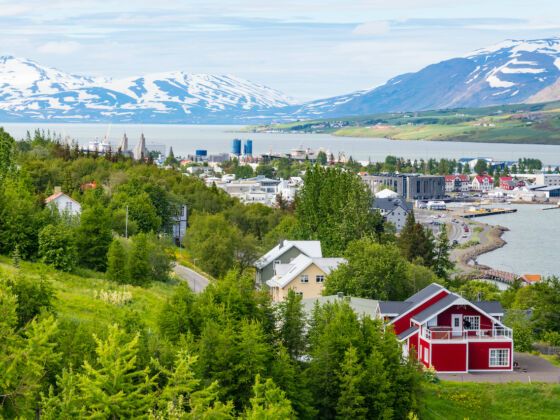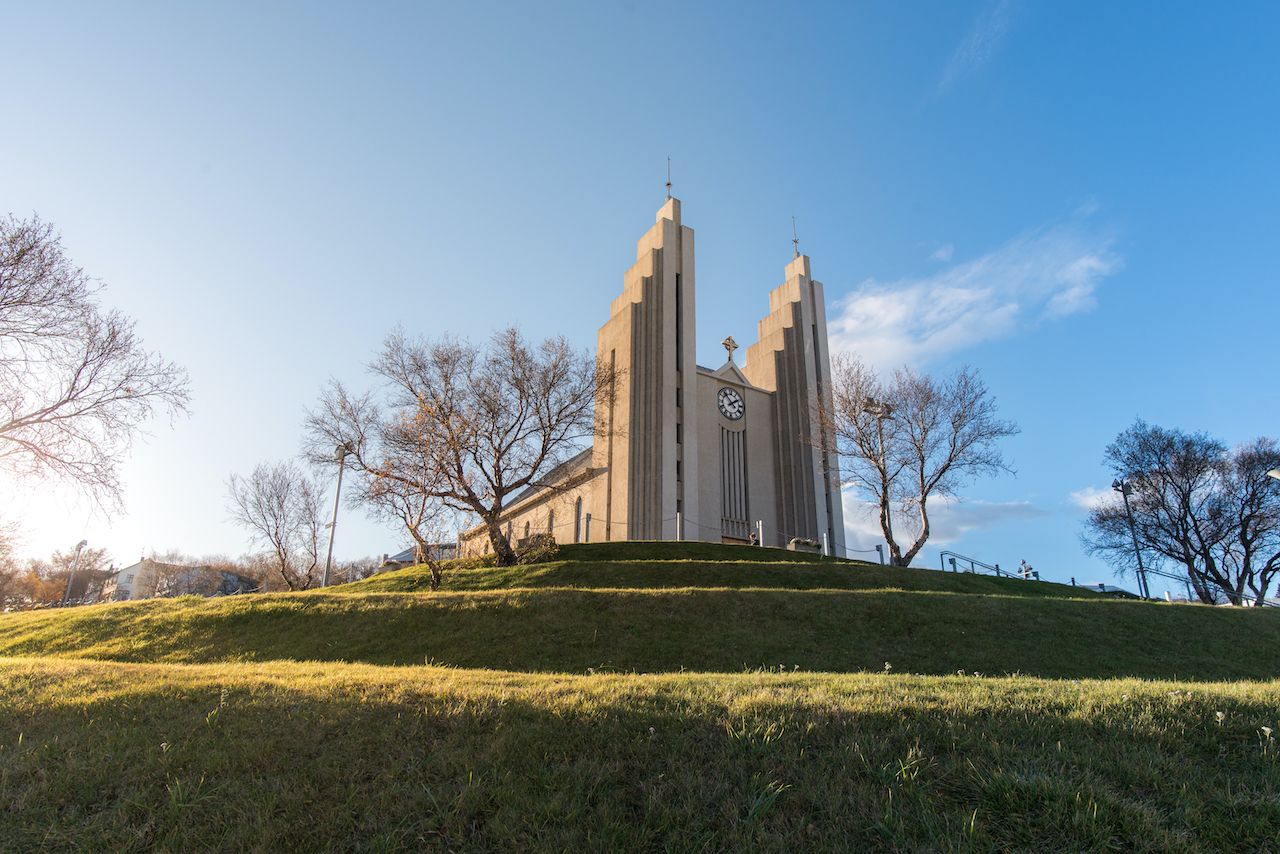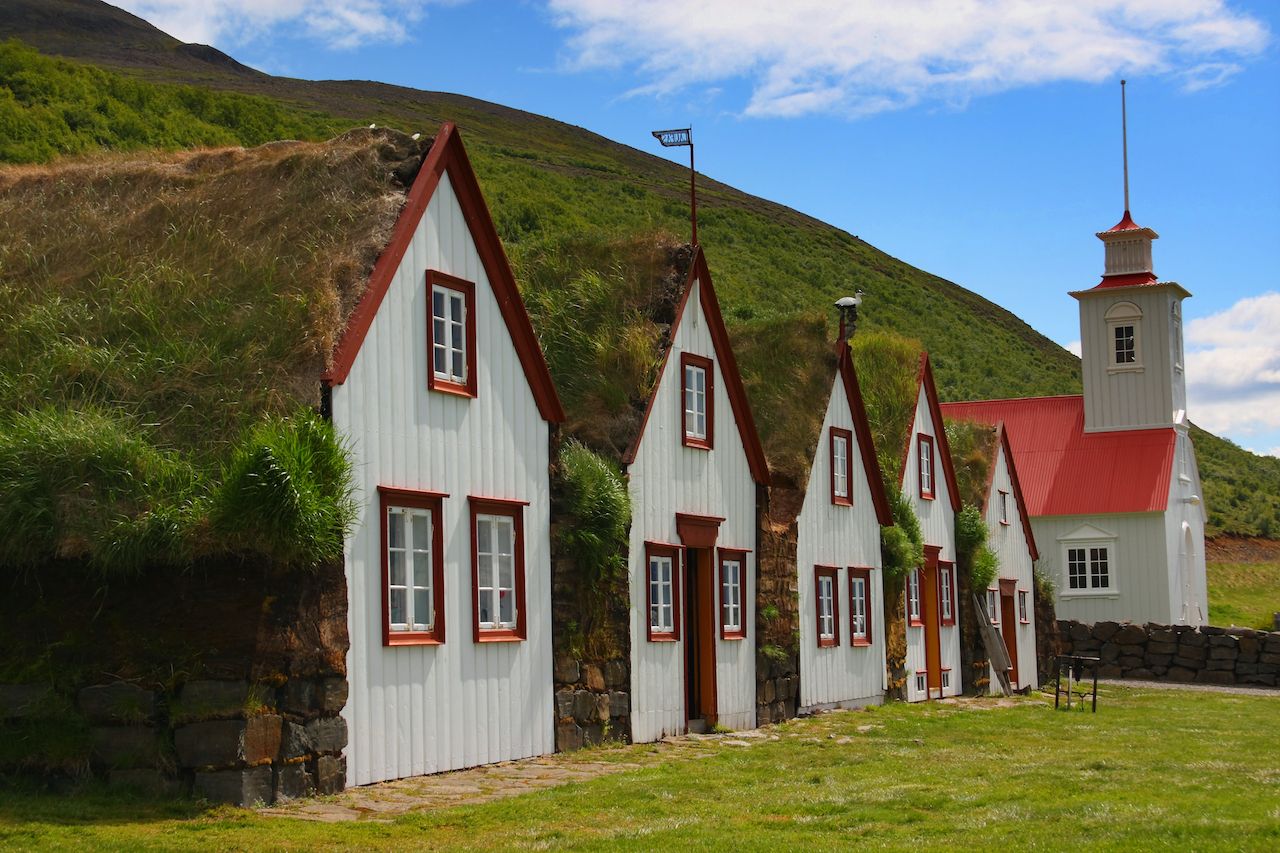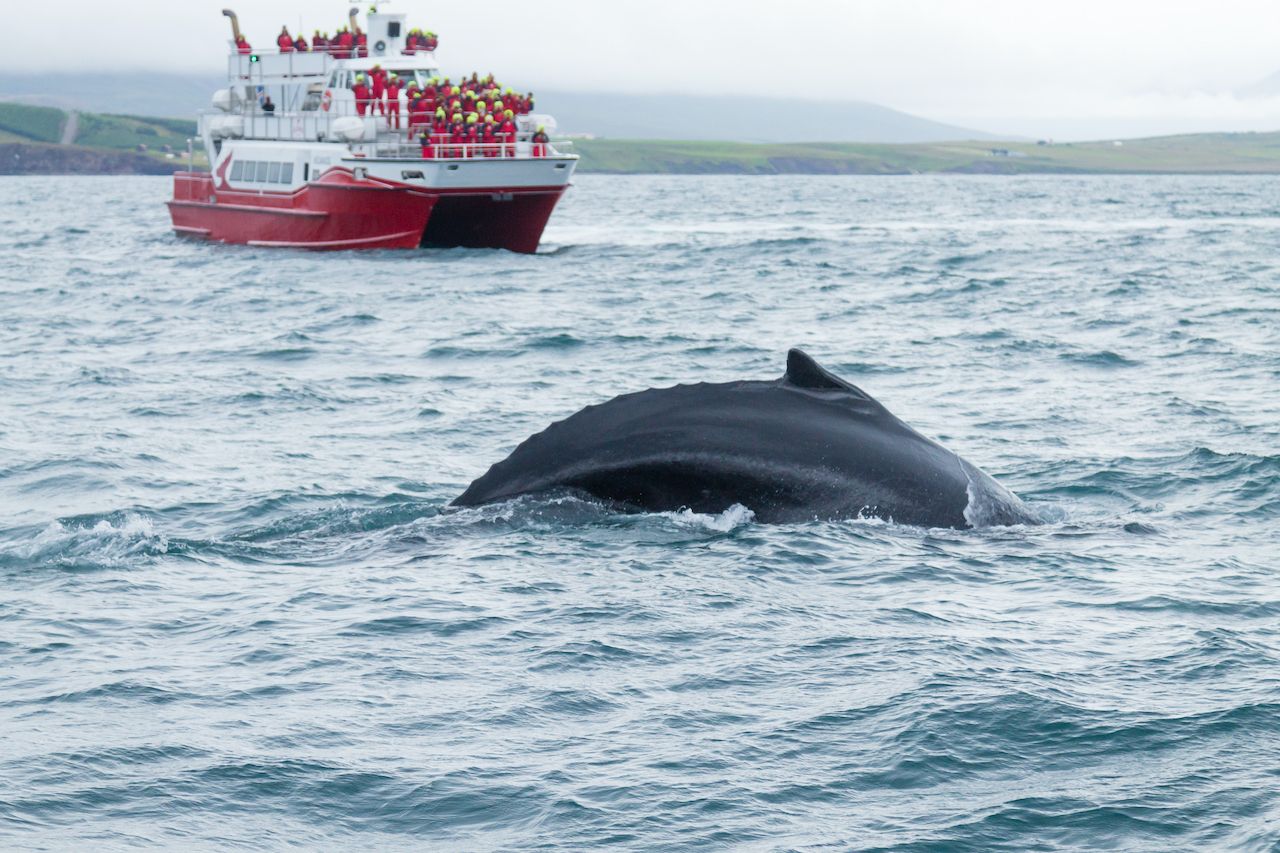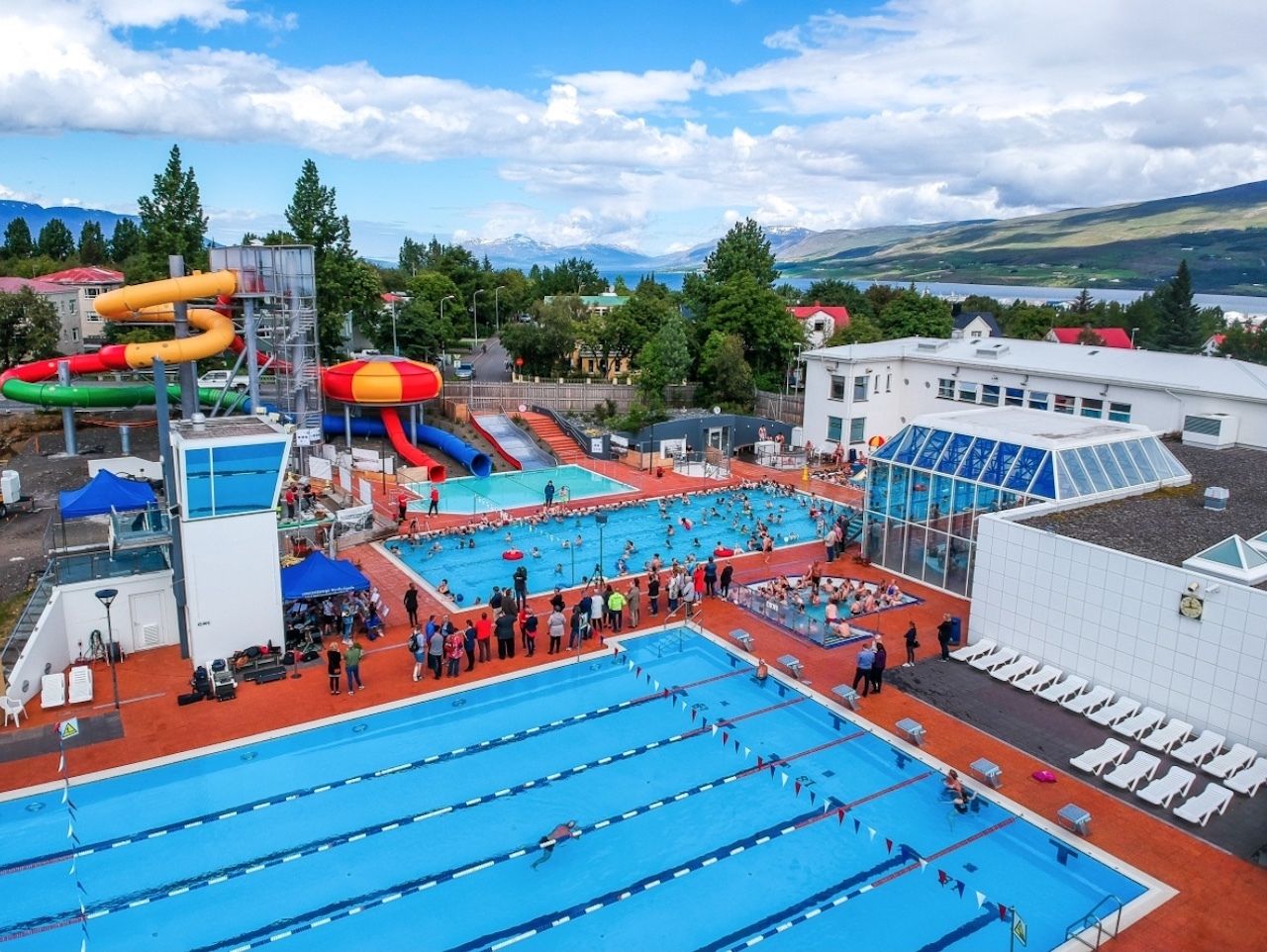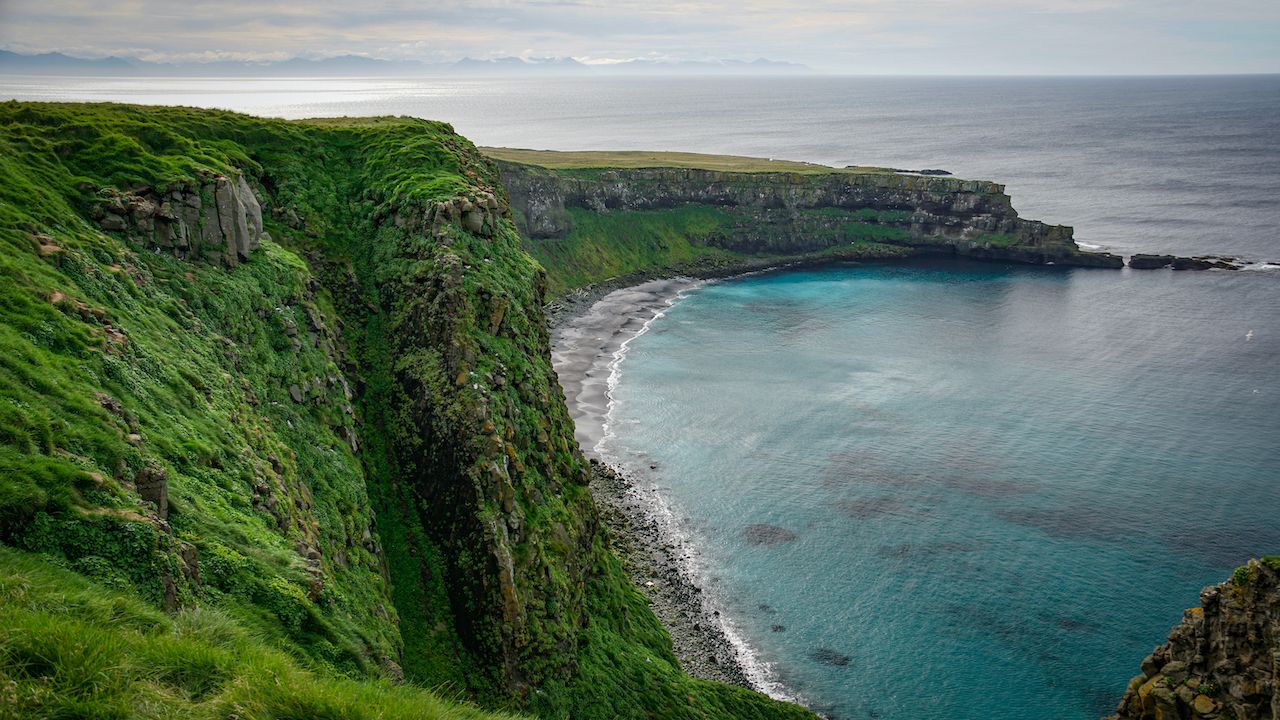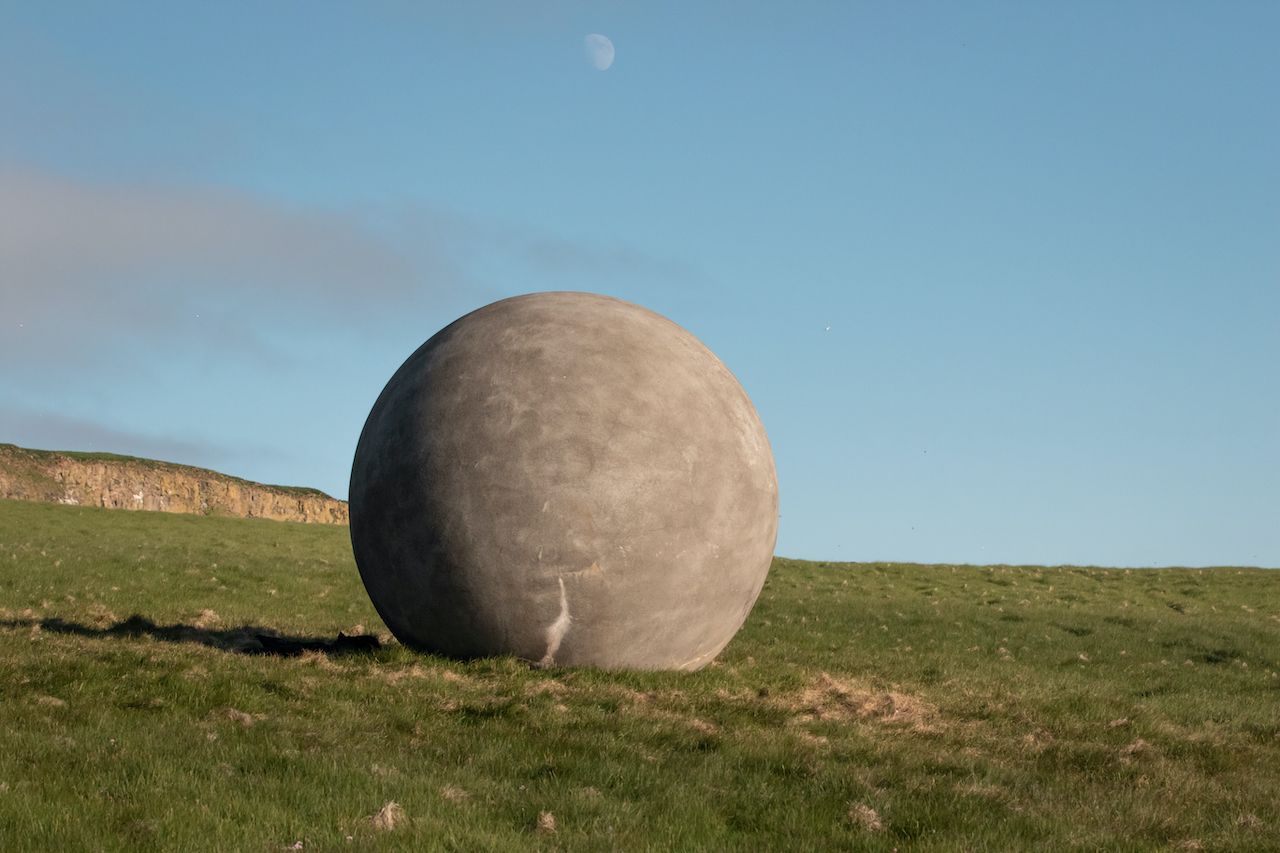Driving the now-famous Ring Road, the highway that runs around Iceland’s perimeter, makes for one of the greatest road trips in the world. The drive is an 821-mile visual feast of waterfalls, fjords, volcanic landscapes, and fishing villages. On the third or fourth day of the journey (if traveling the more popular counterclockwise route), the seemingly endless Vaðlaheiðargöng toll tunnel opens to reveal a city situated on the Eyjafjörður Fjord: Akureyri, Iceland’s northern capital.
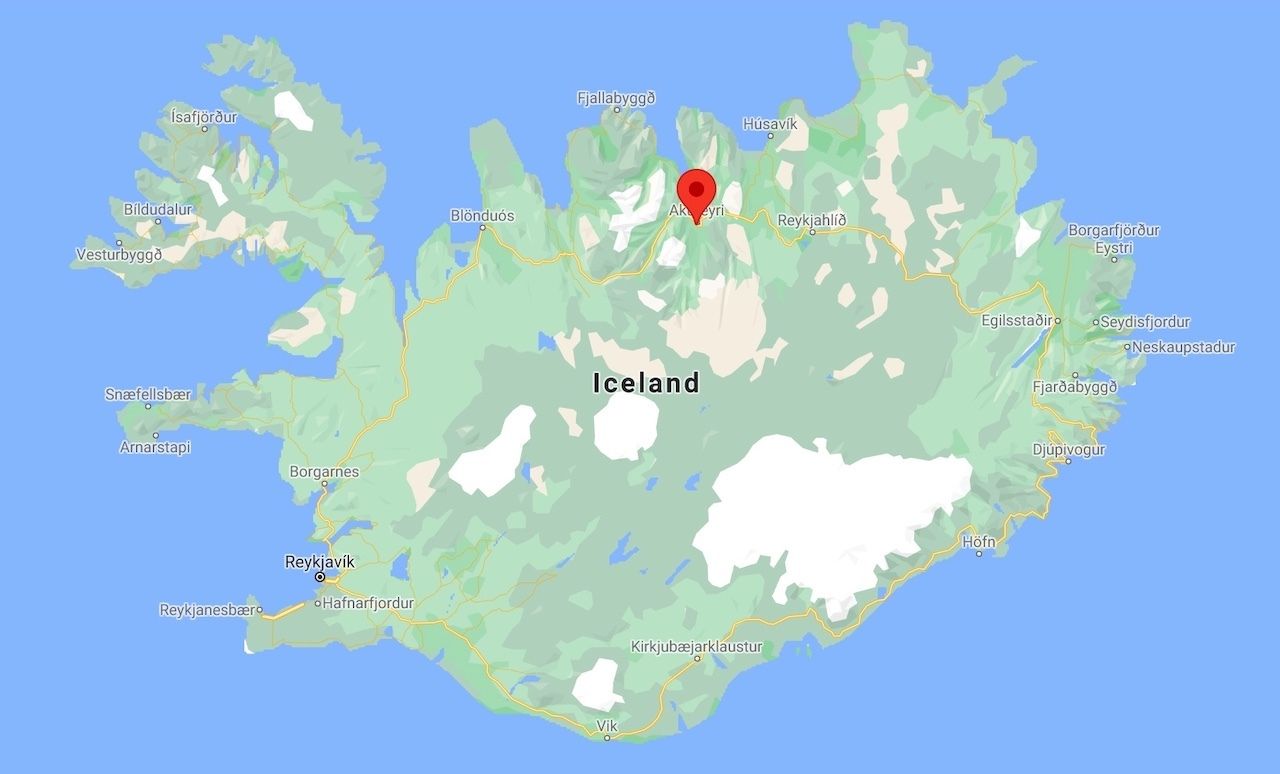
Photo: Google Maps
For many on the Ring Road, Akureyri serves merely as a quick pit stop, but the small city of 20,000 inhabitants rewards those who linger. Akureyri has a rich art scene, world-class whale-watching, and is the access point to Iceland’s only territory within the Arctic Circle. In the winter, Akureyri is also one of the best places in Iceland to view the aurora borealis. Getting to know Akureyri is worth adding extra days to any trip on the Ring Road, and the following three-day itinerary highlights the best of Iceland’s second-largest city.
